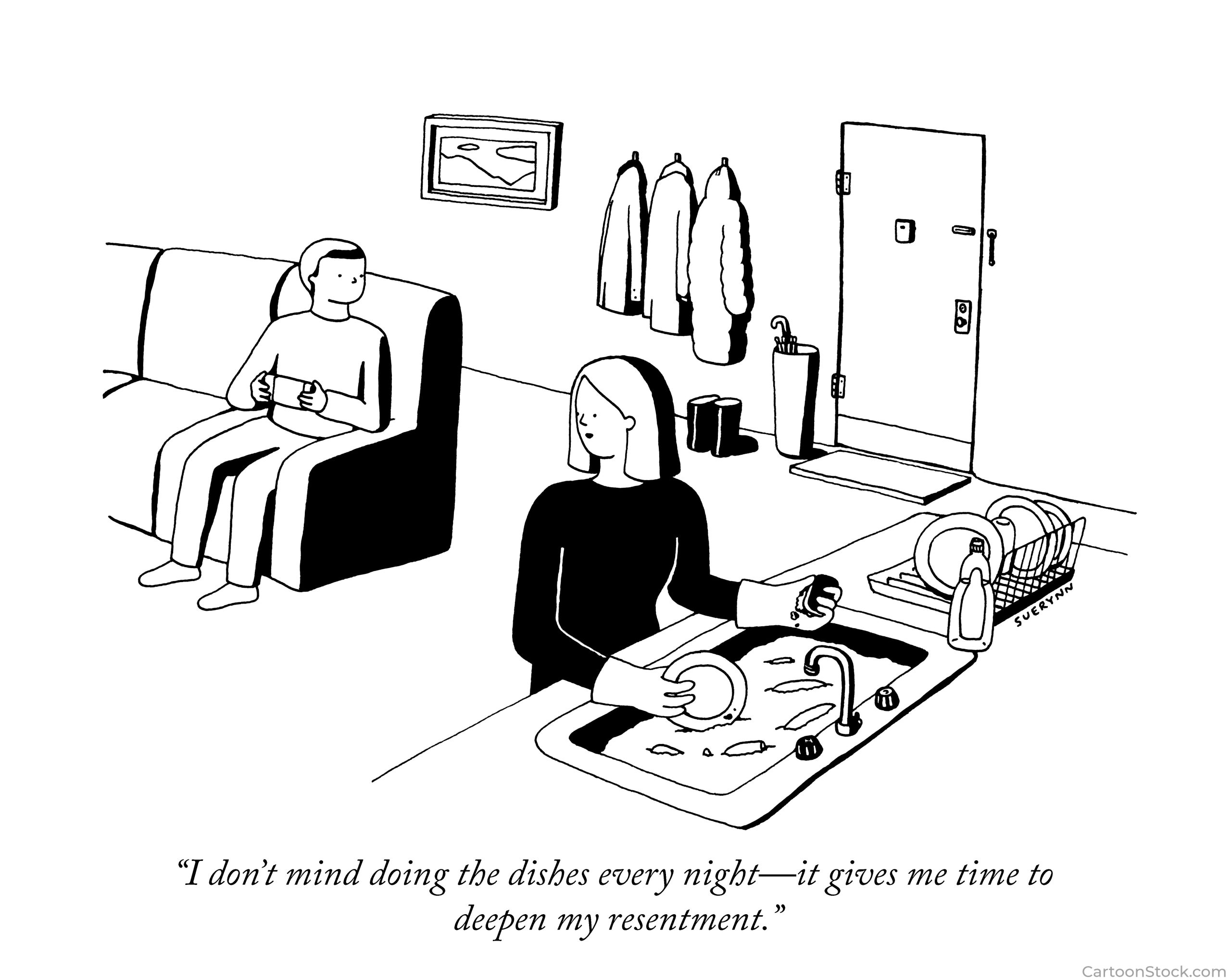The end of June is a busy time at the Supreme Court. Like previous years, the past few weeks have delivered some of the most consequential decisions of the Court’s term. One of those decisions was 303 Creative v. Elenis—a case about a website designer challenging Colorado’s Anti-Discrimination Act (CADA). Under the public accommodations requirement of CADA, Colorado could compel Christian web designer Lorie Smith to design websites celebrating same-sex weddings if she decided to design websites for opposite-sex weddings. On June 30, 2023, the Supreme Court held such coercion would violate the Constitution’s Free Speech Clause.
Many have already expressed concern about the ramifications of the Court’s decision. Does this mean any business owner could turn away a same-sex couple? Can they also turn away customers based on race, national origin, religion, or other protected characteristics? Importantly, the Supreme Court did not need to address these questions because the decision was circumscribed in several important ways. First, 303 Creative is a case about free speech rather than freedom of religion. Therefore, the reach of the decision only covers “expressive” commercial activity. Second, the Court’s decision does not authorize Smith to turn away same-sex couples or any other group covered under CADA’s protections. It only allows her to decline to create a website that would convey a message contrary to her beliefs. Some may see this as a distinction without a difference—there is a very high correlation between those that request messages celebrating same-sex marriage and those that identify as LGBT+. However, even the state of Colorado agreed that Smith was willing to “work with all people . . . regardless of sexual orientation” and therefore only sought to compel Smith’s speech rather than her conduct.
These laws foster unity without demanding conformity.
Of course, even with the limited nature of the Court’s opinion, there are lingering difficult questions that remain. Lower courts must now figure out the precise contours of “expressive activity” under the Free Speech Clause. For example, do businesses selling custom cakes, flower arrangements, photography, or stationery also qualify for the same free speech protections? If not, would other First Amendment provisions lead to a similar outcome?
Leaving this decision up to the courts creates significant uncertainty. But we don’t have to wait for courts to define these lines for us. As the Respect for Marriage Act demonstrates, judicial decisions can spur legislative action and find fixes to problems less-amendable to resolution through court opinions. In the debate over religious wedding vendors and same-sex marriage, this is also the case. So far, more than 20 local governments have passed ordinances that protect LGBT+ rights in public accommodations as well as individuals and organizations that hold to a traditional view of marriage. These laws foster unity without demanding conformity. For example, in Chandler, Arizona, the city enacted nondiscrimination protections in public accommodations based on sexual orientation—protections that were previously unavailable and celebrated by the LGBT+ community. At the same time, the ordinance also makes space for those with traditional views of marriage to act in accordance with their beliefs. The ordinance provides an exemption for “bona fide religious organizations or persons who hold bona fide religious views” but only for objections relating to “marital status, sexual orientation, or gender identity” and not other protected classifications such as race, national origin, or religion. Other places strike a different balance, such as Morgantown, West Virginia, where the local nondiscrimination ordinance provides an exemption for primarily religious organizations but not commercial businesses. Perhaps most importantly, passing ordinances like those in Chandler and Morgantown required many different people—religious leaders, LGBT+ advocates, and others—to work together to secure more freedoms that were previously uncertain for either group.
Even with these successful legislative efforts, there will still be hard questions. For instance, Justice Sotomayor’s dissenting opinion in 303 Creative emphasized the vitality of “equal access to publicly available goods and services” made possible through public accommodations laws. Her opinion suggests that if discrimination is “widespread,” meaningful public accommodations laws may be undercut by even carefully crafted religious exemptions. This is a real concern for many and one that creates uncertainty for same-sex couples when frequenting the marketplace.
One possible solution is to allow the state to intervene in such cases. Another is to encourage businesses in the wedding industry to publicize their willingness to celebrate same-sex weddings. For example, Pride Source has started publishing an online directory of LGBT-friendly businesses in Michigan that includes advertising wedding services. Some of my own research uses data to map the wedding services market so laws may better optimize protections for both wedding vendors and same-sex couples.
People of faith are among the best situated to build bridges.
Finally, there are some questions that market and regulatory solutions cannot address. Much of the distress over these conflicts is not simply about the economic transaction between businesses and customers. More than losing money or going to another business, both sides seem to be most worried about their core identity being condemned in public life. It is the harm to one’s dignity of being labeled as an outcast that both groups can relate to.
When dealing with concerns of stigma or dignitary harm, it is helpful to remember that both religious freedom and LGBT+ rights are founded on the common core of human dignity. Beyond the truly rare cases like 303 Creative that make their way through the courts and receive disproportionate attention, there is common agreement that both LGBT+ rights and religious freedom deserve protection under the law. When conflicts do arise, there are almost always more solutions than simply picking one side or the other. The key is being able to listen, engage, and account for all interests at stake. This can be challenging in many ways. But people of faith are among the best situated to “build bridges of understanding” and find “inspired solutions” to these difficult issues.

















